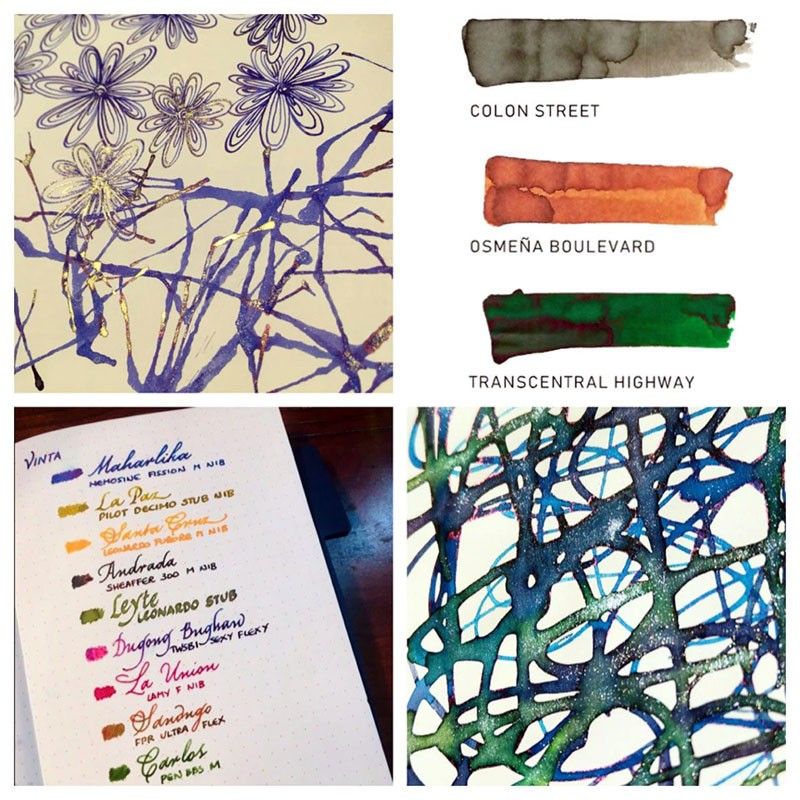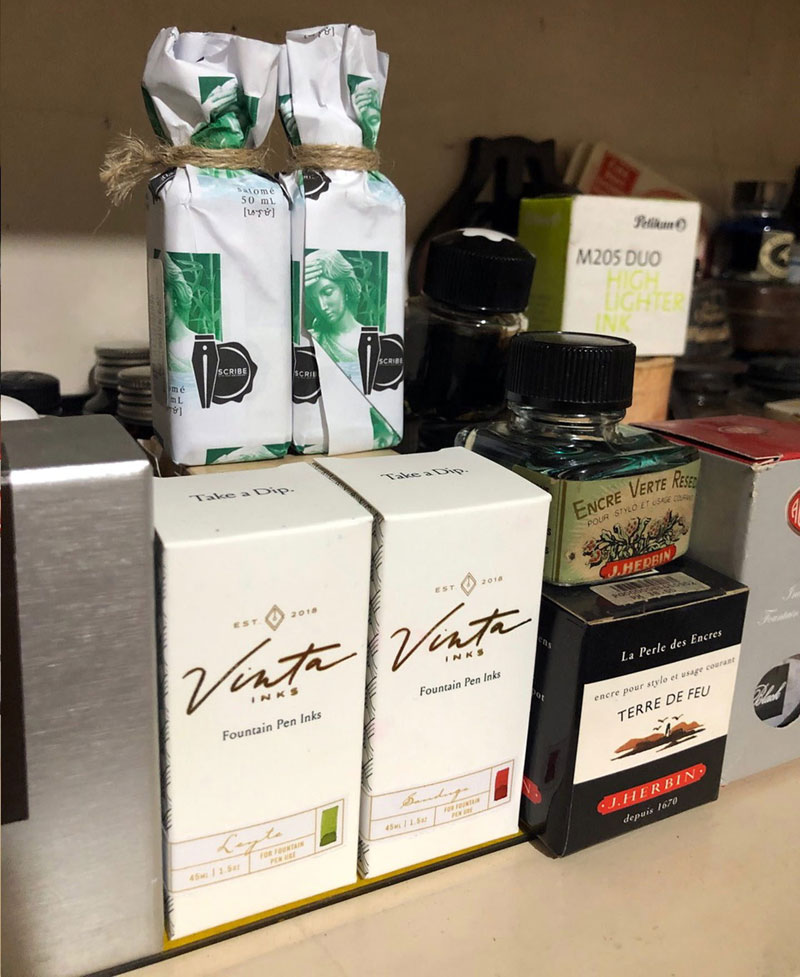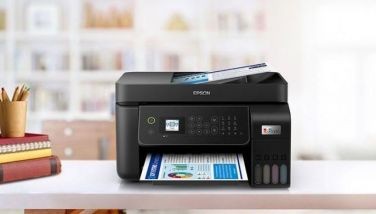Sheening, shimmering, splendid

I’ve been writing in this column about the recent resurgence of fountain pens, a phenomenon well documented by mainstream, social and business media like the BBC, the Chicago Tribune, and the Advertising Specialty Institute, which have noted that a whole new generation is turning on to the vintage vibe, of which pens are a part. That vibe, in turn, comes from the need —especially among the young — for more self-expression in an increasingly homogenized and digitized world.
There are few things more personal and more personalized than writing with a pen — and not just with any pen but a fountain pen. Ballpoints and rollerballs will yield the same F, M, or B line, with the same black or blue inks. But with fountain pens, you have a wide range of nibs — the writing point of pens—to produce different results and experiences, from extra-fine to triple-broad, from stiff and stingy to flexible and flowy. In the end, the pen you choose and use, both in terms of form and function, will be distinctly and distinctively you.
And it doesn’t stop with the pen itself, which is popular enough (on any given day, on eBay, you will find more than 100,000 fountain pens listed). To customize the writing experience further, you can now choose from hundreds of inks on the market, a sub-industry also re-energized by the fountain pen revival.
We seniors will remember that, when we were growing up and working on our first jobs, we never had much of a choice in inks — it was either Parker Quink or Sheaffer Skrip (both of which are still being produced, by the way), in black or blue-black, and occasionally green, red, or royal blue. Pens and inks were meant for use at work, in school, and at home, not really to be enjoyed or collected, although some esoteric inks, like Sheaffer’s gorgeously vivid Persian Rose from the 1950s, are now regarded like rare fine wines.
With fountain pens becoming more of a lifestyle choice or fashion statement than everyday tools, inks have acquired designer status as well, and more than a dozen companies now manufacture and distribute their inks worldwide to cater to users looking for ever more unique swatches and signatures. Brands like Noodler’s, Diamine, Rohrer & Klingner, Akkerman, Private Reserve, J. Herbin, Iroshizuku, Organics Studio, de Atramentis, and Robert Oster compete with the more familiar in-house inks of major pen companies like Parker, Sheaffer, Montblanc, Pelikan, Waterman, Aurora, Pilot, and Sailor, among others.

A pen fancier’s ink stash
Color is, of course, the most important determinant of choice. Fogies like me tend to stick to the old black, blue-black, and brown, but millennials prizing individuality won’t think twice about — and will even seek out — splashy hues and special effects. Where we just wanted our inks to be either washable or indelible, the new inks offer add-on qualities and properties previously unheard of. Two of those most popular features are sheen and shimmer — sheen (as in Robert Oster Fire and Ice) being the presence of more than one color in the same bottle of ink, with one color serving as the base and another as a shiny highlight, and shimmer (as in J. Herbin’s Rouge Hematite) being the addition of glittery metallic particles to the ink. These two can even be combined in some inks. The result will often be more art than penmanship, an enjoyment of colored ink almost for its own sake above anything else. (You’ll also note that ink names have gone far beyond “Permanent Blue” to something as flamboyant as Noodler’s purplish Black Swan in Australian Roses and J. Herbin’s orangey 1798 Cornaline d’Egypte.)
It’s liberating, in a way, because people — especially young students and professionals who have yet to get their first Montblanc — can indulge themselves in ink-play without splurging on high-ticket pens. For a thousand pesos, you could get a fistful of entry-level pens (easily available on Lazada and Shopee, among other sources online, aside from local retailers like Scribe Writing Essentials, Pen Grafik, and NBS) and focus your spending on a menagerie of inks. Do note that milliliter for milliliter, a bottle of specialty ink could cost much more than an equivalent volume of quality wine or scotch.
Color aside, other factors come into play in ink selection. How “wet” or “dry” is the ink? Will it “feather” or “bleed through” on cheap paper? (Paper deserves its own column, being another key factor in the writing experience; happily, inexpensive but fountain-pen-friendly paper can be found in local bookstores). Even bottle design matters — you might buy Iroshizuku and Akkerman inks as much for their iconic bottles as for their contents.
The best news of all is that some pretty fantastic (and fantastically pretty) inks are now being made locally—designed, blended, manufactured, and distributed by Filipinos. Two brands in particular stand out: Troublemaker Inks (troublemakerinks.com), concocted by two young Cebu-based guys and bearing such names as Bantayan Turquoise and Luneta Twilight Pink, and Vinta Inks (inksbyvinta.com), launched just last week by Everything Calligraphy, in such varieties as Sandugo 1565 and Leyte 1944. “We hope to export our proudly Philippine-made inks soon,” says EC’s Jillian Joyce Tan.
And well we should. Pinoys love color, and short of carrying and wielding a brush, we can’t have more fun with color on paper than with these new inks — sheening, shimmering, splendid. (With many thanks to Chiyo-chan Sakamoto, Nicole Angelique Sanchez, Lorraine Marie Nepomuceno, and Troublemaker Inks for the images.)
* * *
Email me at jose@dalisay.ph and visit my blog at www.penmanila.ph.



















